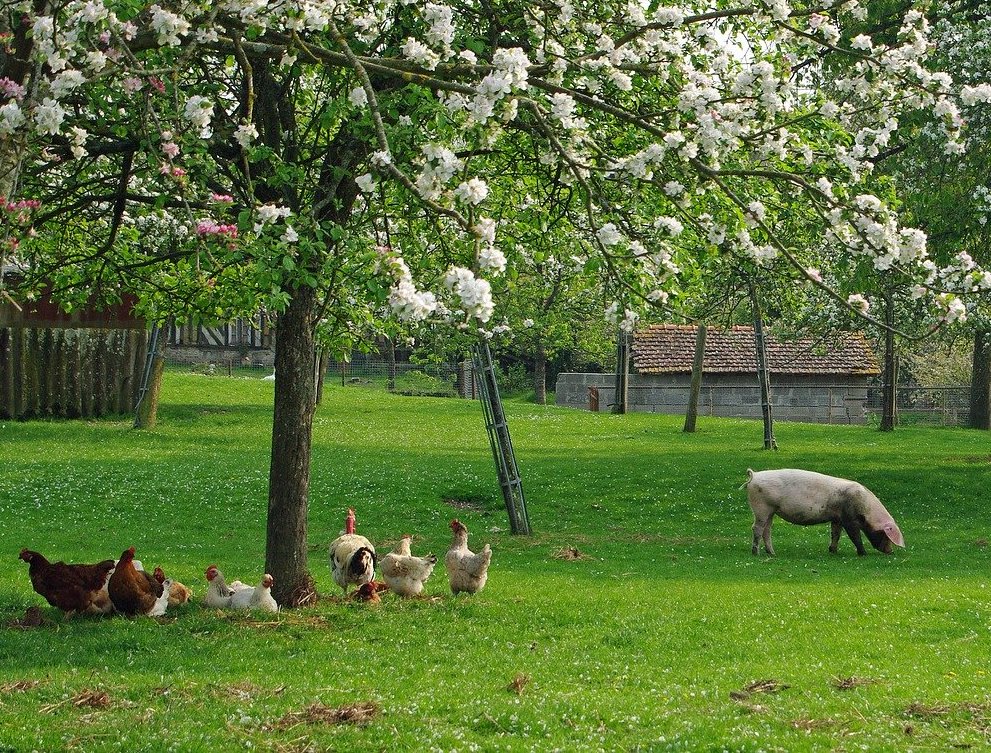
This commentary originally ran in the Toronto Star Opinion section
Canadians are being told to prepare for a possible novel coronavirus pandemic. The current COVID-19 outbreak — declared a public health emergency of global concern by the World Health Organization — is only the latest example of what to expect as our planet’s growing and increasingly mobile population provides more opportunities for transmission of pathogens.
There’s nothing like a global epidemic to remind us just how interconnected we all are on Earth. For a long time, we behaved otherwise: medical doctors looked after people, veterinarians treated animals and ecologists attended to the environment. That fragmented approach to health and disease is no longer good enough.
From SARS (severe acute respiratory syndrome) to MERS (Middle East respiratory syndrome) to the current outbreak, the common thread is the interconnectedness of humans, animals and the environment.
Most new infectious diseases are zoonotic, meaning they come from animals. As with SARS and MERS, the virus causing this new outbreak likely jumped directly from a bat to a human or indirectly through another animal host.
Scott Weese, director of the Centre for Public Health and Zoonoses at the University of Guelph, says it’s estimated that more than 1 million undiscovered viruses exist in nature.
The more closely we interact with animals and their environments, the more likely we are to encounter a new zoonotic virus. Our changing world is setting up the conditions to enable just that.
Climate change allows insects and animals to exploit new habitats. Human activity — urbanization, global travel, movement of animals across borders — means people and animals increasingly bump up against each other.
Those creatures can carry disease-causing organisms, enabling a new pathogen to spread widely and quickly. It’s a 21st century version of the butterfly effect: When a bat flaps its wings, a storm of infection occurs halfway around the world.
As with SARS, COVID-19 is believed to have arrived through wild animal species sold at markets. But the solution is bigger than simply avoiding live animal markets. We need to look for “one health” solutions that bring together human, animal and environmental components. That means looking beyond human health alone to prevent, track and mitigate these diseases in animals.
Before West Nile virus became a problem for people, for instance, it was first identified in birds. We know that birds and pigs are classic sources of disease or intermediate hosts for passing along infections, such as the H1N1 virus that caused the 2009 flu pandemic. We need to maintain surveillance networks that track diseases in domestic animals and wildlife and that provide early warnings about potential human health threats.
Pigs are also ideal mixing vessels for viruses. We need to monitor animals for potential recombining of flu viruses that could yield a new strain infecting people. The H1N1 pandemic, for example, occurred after bird, swine and human flu viruses combined to create a new flu strain.
A similar concern arose with canine influenza in Canada in 2018. The disease infected only dogs, so experts weren’t worried about people getting sick directly. But there was a possibility that a canine flu virus might mix with a human flu virus to create a novel strain that we weren’t ready for.
We also need experts studying the genetic makeup of viruses to predict which animal species might be affected. Understanding the genetic basis of how coronavirus attaches to an animal’s cells might help us predict which species it might infect next.
The University of Guelph’s newly formed One Health Institute, a community of practice for interdisciplinary experts and educators, is another example of ensuring human health through improved animal health.
Dealing with the next disease outbreak — and there will be one — will require us to more closely connect through a one health approach that accounts for the health of humans, animals and the natural world.
Jeff Wichtel, dean of the Ontario Veterinary College